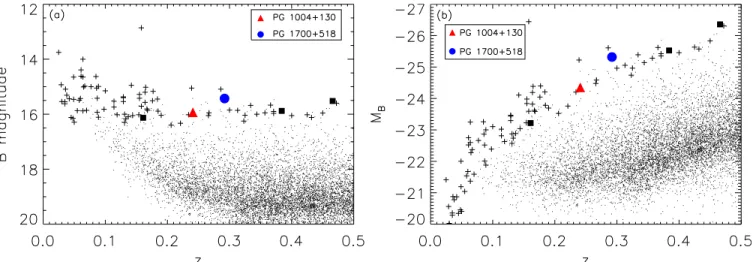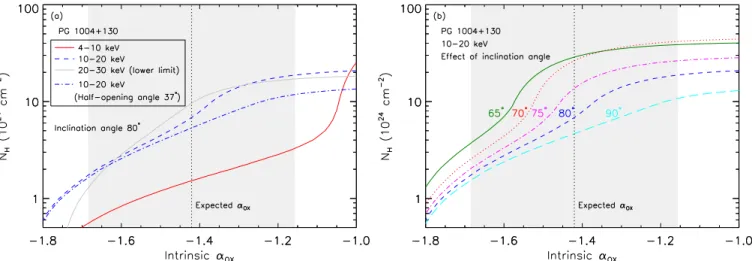WEAK HARD X RAY EMISSION FROM TWO BROAD ABSORPTION LINE QUASARS OBSERVED WITH NuSTAR: COMPTON THICK ABSORPTION OR INTRINSIC X RAY WEAKNESS?
Texto completo
Figure




Documento similar
As a first step, we verify the analysis procedure using simu- lated point-like sources with the computed spectra correspond- ing to (1) the inner part of the lunar disk (the total
Roughly 50% of the PNe observed by Chandra harbor X-ray-luminous CSPNe, while soft, diffuse X-ray emission tracing shocks—in most cases, “hot bubbles”—formed by energetic
Some of these techniques, such as X-ray diffraction, X-ray photoelectron spectroscopy, Transmission electron microscopy or Raman spectroscopy, have been used rather as
So, we have combined the analysis by two different techniques such as x-ray absorption spectroscopy (XAS) and neutron powder diffraction (NPD) to extend our understanding on
• Analysis of long-term variability of high-energy sources in the optical and X-ray bands, using INTEGRAL observations from IBIS (the gamma-ray imager), JEM-X (the X-ray monitor)
NMR spectra and
We have characterized the structural and magnetic properties of these platelets by Mössbauer spectroscopy, x-ray transmission microscopy (TXM), transmission electron microscopy
The time selection for the following sources is based entirely on their X-ray behaviour, by taking into account the disk-jet coupling just described. Only periods of hard X-ray



